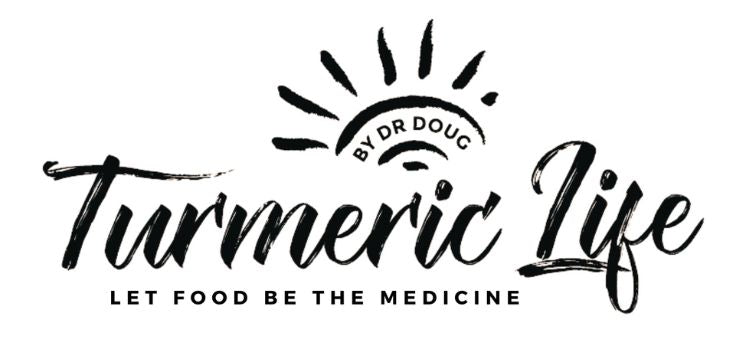TURMERIC FOR ATOPIC DERMATITIS
How to treat skin problems in dogs?
Forty years (since 1974) of observing, pondering and treating dogs with skin problems have led me to think that I have a good concept of the issues.
Skin problems are common and very often put down to an “allergy” to a grass, food etc etc. Skin tests and blood tests reveal reactions to mostly dozens of allergens and only once in my career did a blood test reveal a reaction to a single element which was a plastic in a food dish and once removed the reaction disappeared.
The standard treatment is cortisones given orally or by injection, which do stop the skin reaction symptoms, but then have side issues affecting health and eventually stop working because the immune system is compromised and the skin becomes thinner.
There is one area of investigation that I agree with and that I now direct my treatments to: viz the skin of these dogs is not healthy with a defective keratin that allows various infecting organisms like malazzezia yeast and bacteria such as staplococci to infect, is thin, too and the combination allows allergens to contact the immune system and cause allergies as a secondary effect rather than primary.
My principles are:
- Eliminate uncommon diseases such as pemphigus, hypothyroid, and cancers which are more of a consideration in old dogs.
- Need a good quality shampoo like Malaseb or Austrazole to be massaged onto the skin at a ratio for both of 1 part to 50 warm water eg 10mls/500mls in a container with a sponge and massage vigorously all over paying more attention to problem areas. Do more often initially and gauge the periodicity as when the itch returns eg initially wash daily and then extend to every few days depending on result. Chlorhexidine leave on conditioner (Pyohex Lotion) has been proven to have effective skin levels for a week after. Bleach bathes are very effective: 1ml of 4% hypochlorite bleach solution readily available in supermarkets, check label, 1ml into 400 – 500 mls water. 1ml in 400 mls water = 0.01% hypochlorite and this can be sprayed on and left for ten minutes then rinsed off and dried. (qt Robert Hilton BVSc (hons) MANZCVS Cert VD MRCVS Dermatology Update 2016 Jan “The Veterinarian”).
- Rinse well with ½ cup vinegar to a ½ bucket water. Dry well and finish with a hair drier. Coconut oil can be rubbed in afterwards, too. Robert’s choices for moisturiser/barrier repair after are Pyohex Lotion or Paws Nutriderm Conditioner as a spray.
- Keep the Golden Paste in the fridge and feed out ½ to 2 tea spoons with food 2 or 3 times a day.
- The new drug about to be released by Zoetis Oclacitinib (Apoquel) also reduces cytokines and one interleukin-31 has been identified as the major cause of pruritis in dogs. Apoquel is going to be very useful.
- Sometimes the skin is bad enough with an entrenched infection that a course of antibiotics is needed as well as topical wash and the course should be at least 2 weeks and preferably a month or even longer. My favourite antibiotic for long term use is doxycycline at 5mg/kg up to 30kg and over may reduce to 2.5mg/kg after a priming dose for 2 days. Cephalexins are also good. I have used doxycycline successfully on some intractable cases for years when after cutting it out regression of problem occurs.
- Antihistamines generally give very inconsistent cures but if you successfully are able to use one they have few side issues.
- Feed a good quality grain free diet with correct ratio of omega 3 oils to omega 6 eg 1:3 out to 1:7 at the outside. Coconut oil which is not an omega oil but is mostly lauric acid which is a mid-chain triglyceride added at a dessert spoon per 10 kgs . Coconut oil which is mainly lauric acid does not stir up the pancreas like some other inflammatory oils.
- Quite often along with poor skin immunity comes an infection of Demodectic mange. Evidenced by not itchy hairless patches. This can now be controlled easily with the new oral drugs Bravetco and Nexgard as well as the old standby of Dectomax injections.
- I do not like cortisones because of side effects and it also depresses skin immunity but I will use it short term to give the dog relief from intense itching.
- Cyclosporin (Atopica) is useful in about 80% of dogs with Atopy and can be used instead of cortisone because it has fewer side effects. It is expensive and some cannot tolerate it and vomit excessively.
By Dr Doug English (BVSc)
